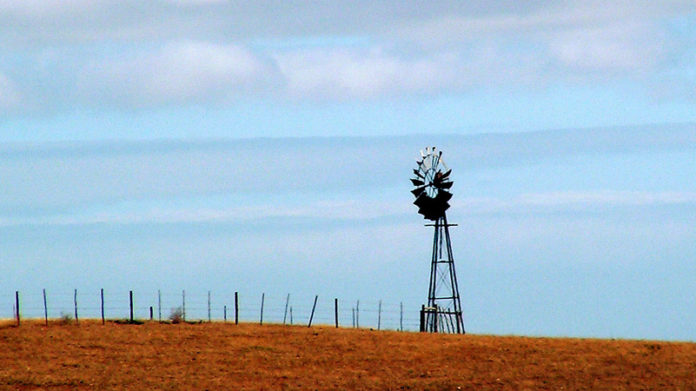
INTERNATIONAL investors will not “give a damn” about South Africa’s minerals wealth unless it is cost competitive to mine in the country, said the Minerals Council South Africa at a recent conference.
Commenting in an article published in the Financial Mail, the council’s CEO, Roger Baxter said: “Don’t think for a moment that because we’ve got all the minerals they (investors) are going to come. They don’t give a damn about South Africa. They will come if they can viably find deposits on a cost competitive basis”.
He was commenting at the Junior Indaba conference earlier this month.
Mining executives say South Africa’s minerals regulations are hard to understand as officials apply them unevenly, or sometimes not at all. Applications also take too long to process while an online licensing system, known as SAMRAD (South African Mineral Resources Administration System), is crumbling.
“We don’t know how to apply the existing rules,” said Baxter. “We’ve got the Mining Charter that doesn’t ask for empowerment at exploration level, but then we have regional managers applying exactly that.”
A glaring weakness in SAMRAD is the lack of transparency.
Errol Smart, CEO of Orion Minerals says applicants are unable to tell from SAMRAD if a property thought to contain minerals has already been claimed. Lodging a prior inquiry is like inviting yourself to a corrupt meeting because invariably a third party will be miraculously found to have registered the property – oftentimes the day before your inquiry, says Smart.
Alternatively, mineral prospectors can apply directly for the land on payment of a R50,000 registration fee. This, though, invites opportunism of a different sort as rival “exploration firms” will emerge on properties surrounding the land package in the application, like seagulls circling a fishing net.
Another hazard is rival applications by third parties on the same property for different minerals. “In this case, the third party will have applied to explore obscure minerals you’re not seeking,” says Smart. “The implication is that you can go to a dark room and have a Johnny Walker and do a deal.”
Once an applicant’s technical and financial fitness is proved to the DMRE, the applicant is set upon an bureaucratic odyssey spanning government departments of various competencies, that can take three to five years.
In the event a prospecting licence is finally granted it may contain misspellings of the applicant’s company name which raises risks over legality of tenure or the licence may omit the full description of minerals sought. “Who knows if these clerking errors are corrupt. Probably,” says one mining executive.
Gwede Mantashe, South Africa’s minerals and energy minister, said he didn’t know when previously announced plans to introduce a new licensing minerals cadastre would be implemented.
He recently declared a new, ambitious target of South Africa capturing 5% of the world’s global exploration spend, worth about $900m – a share of the market to which it last laid claim in 2003. His department also published an exploration strategy in April even though the Minerals Council hadn’t seen it.
“We have very little resonance with it,” said Baxter of the exploration strategy which returns empowerment to the forefront of its exploration ambitions. “We think it was badly written.”











